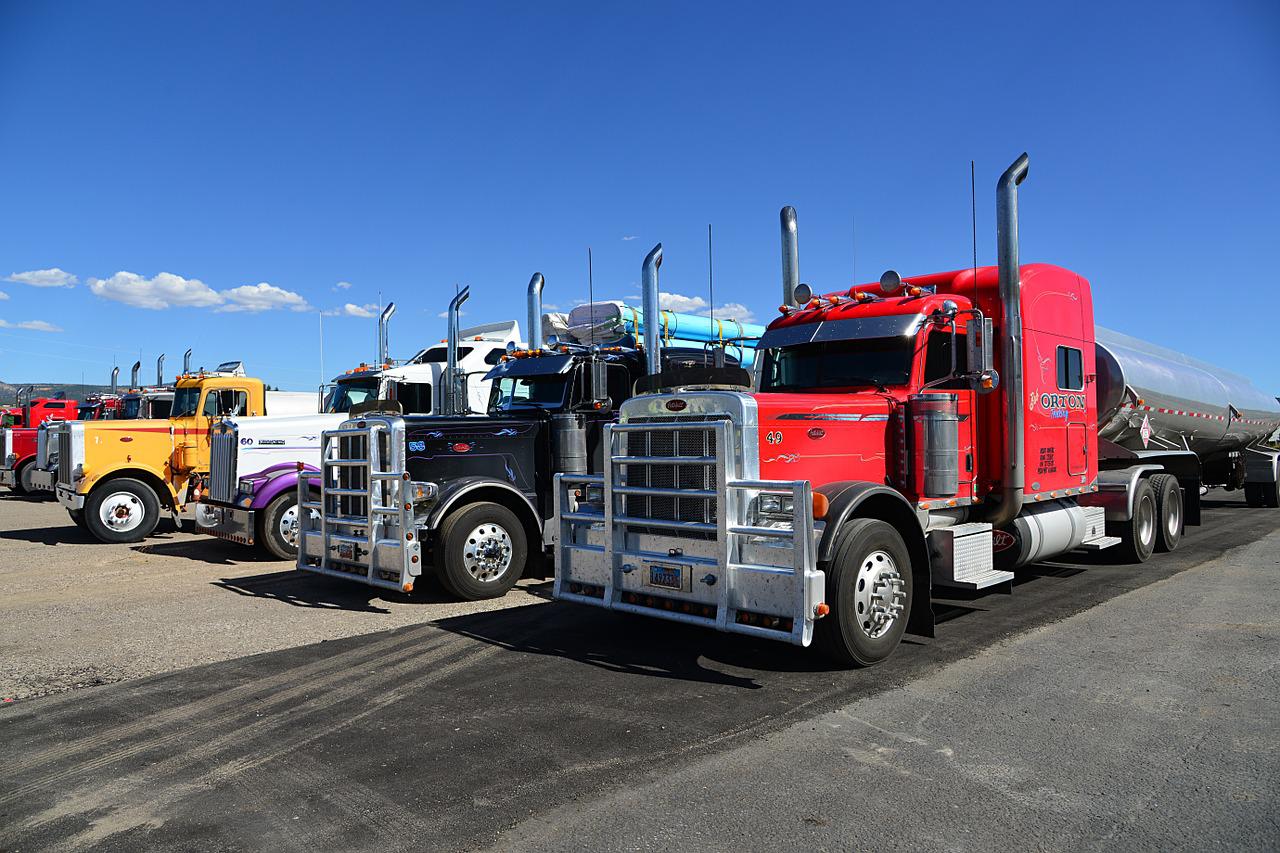On Sunday, December 1, Amazon CEO Jeff Bezos revealed Amazon Prime Air on the US TV show 60 Minutes; an unmanned drone that will deliver your order to your porch in 30 minutes. It’s both futuristic and very now.
Drones are a hot topic for discussion, whether it’s with regard to the US military or their eventual commercial use. Boeing recently developed unmanned aircraft and a small start-up in Australia is developing drones for delivering college textbooks.
Amazon’s drone announcement doesn’t come as a surprise. Both Amazon and package delivery giant UPS have long been speculated to be working on drone deliveries.
What does come as something of a surprise is how far along Bezos and Amazon are in the development of Prime Air, despite the legal framework for such drones not being in place yet. Commentators have noted before that commercial delivery drones are a long way off from mass production. Then again, Amazon is no small start-up or mid-size company. When it comes to ecommerce, it doesn’t get much bigger than Amazon.
The announcement of Prime Air may be in retaliation to Amazon’s recent bad press over the treatment of workers and nothing more than a PR exercise for the time being. And it’s certainly no coincidence that the announcement came on the night before Cyber Monday, one of online retail’s busiest days.
Currently, Prime Air is being tested on small packages of about 2.3kg (5.07lbs). Powered by electric motors, a copter could cover a ten-mile radius of its distribution center and is directed autonomously by GPS coordinates that are transmitted to the drone from base.
Bezos has described the delivery method as a much greener option for delivery and efficiency. The truth is,Amazon has recorded a $3.3 billion loss in shipping and delivery.
However, Amazon faces a number of obstacles for its drone take off. The Federal Aviation Administration (FAA) is still mapping out new regulations for drones meaning Amazon must wait for approval and that time frame has not been made clear.
There are also numerous privacy and safety concerns. It remains a mystery just how much data a drone will retain, such as your address, the route for getting there and other contact information. Another major concern pertains to customer interaction with the drone.
In the sample video, the drone simply drops off the small package at the customer’s house and they come out and pick it up. What happens when the technology fails?
Let’s say the package fails to deposit and the customer must wrest the package from its grips, being struck by a rotor in the process and suffering injury. A plausible scenario; Amazon could find themselves staring at legal action.
Another concern is when the customer is not at home. The drone could end up leaving a valuable package outside in the open, waiting to be stolen. However, the drone will only be operating on close distances with a 30 minute delivery time so Amazon may be expecting customers to make orders while at home and just waiting half an hour for their package to arrive.
The drones are also open to vandalism and theft, with even the possibility of being shot down. At the moment, Amazon has a lot of creases to iron out with Prime Air.
Right now, the ecommerce giant is testing the waters for drone deliveries in the US and hoping for swift movement from the FAA, but London-based business publication City AM revealed on Monday morning that 143 drone licenses have been issued in the UK. Most of these licenses are held by a company called BlueBear Systems Research but it serves to remind us that Amazon may not face the same issues of licenses and regulation in the UK as they are currently dealing with in the US.







